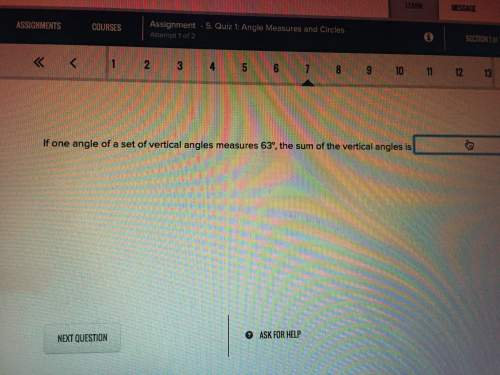
Mathematics, 06.05.2020 05:40 noeliaalvarado
A researcher with the Ministry of Transportation is commissioned to study the drive times to work (one-way) for U. S. cities. The underlying hypothesis is that average commute times are different across cities. To test the hypothesis, the researcher randomly selects six people from each of the four cities and records their one-way commute times to work.
Refer to the below data on one-way commute times (in minutes) to work. Note that the grand mean is 36.625.
Houston Charlotte Tucson Akron
45 25 25 10
65 30 30 15
105 35 19 15
55 10 30 10
85 50 10 5
90 70 35 10
74.167 36.667 24.833 10.833
524.167 436.667 82.167 14.167
Based on the sample standard deviation, the one-way ANOVA assumption that is likely not met is .
A) the populations are normally distributed
B) the population standard deviations are assumed to be equal
C) the samples are independent
D) None of these choices is correct

Answers: 3


Other questions on the subject: Mathematics

Mathematics, 21.06.2019 16:30, kelseybell2707
Find the greatest common factor of -30x 4 yz 3 and 75x 4 z 2.
Answers: 1

Mathematics, 21.06.2019 17:00, raymondmunoz4451
Ifurniture stores having a weekend sale and is offering 20% discount on patio chairs and table the sales tax on furniture is 6.25 using function composition how can you represent the total amount a that you would need to pay for this furniture that cost x dollars
Answers: 1

Mathematics, 21.06.2019 17:00, yannabby26
The accompanying table shows the numbers of male and female students in a particular country who received bachelor's degrees in business in a recent year. complete parts (a) and (b) below. business degrees nonbusiness degrees total male 189131 634650 823781 female 169539 885329 1054868 total 358670 1519979 1878649 (a) find the probability that a randomly selected student is male, given that the student received a business degree. the probability that a randomly selected student is male, given that the student received a business degree, is nothing. (round to three decimal places as needed.) (b) find the probability that a randomly selected student received a business degree, given that the student is female. the probability that a randomly selected student received a business degree, given that the student is female, is nothing. (round to three decimal places as needed.)
Answers: 2

Mathematics, 21.06.2019 21:00, ballbritez
Which line is parallel to the line that passes through the points (2, –5) and (–4, 1) a. y=-x+5 b. y=-2/3x+3 c. y=2/3x-2 d. y=x+5
Answers: 2
You know the right answer?
A researcher with the Ministry of Transportation is commissioned to study the drive times to work (o...
Questions in other subjects:

History, 02.10.2019 07:00


Mathematics, 02.10.2019 07:00

Mathematics, 02.10.2019 07:00


Health, 02.10.2019 07:00


Health, 02.10.2019 07:00


Mathematics, 02.10.2019 07:00




